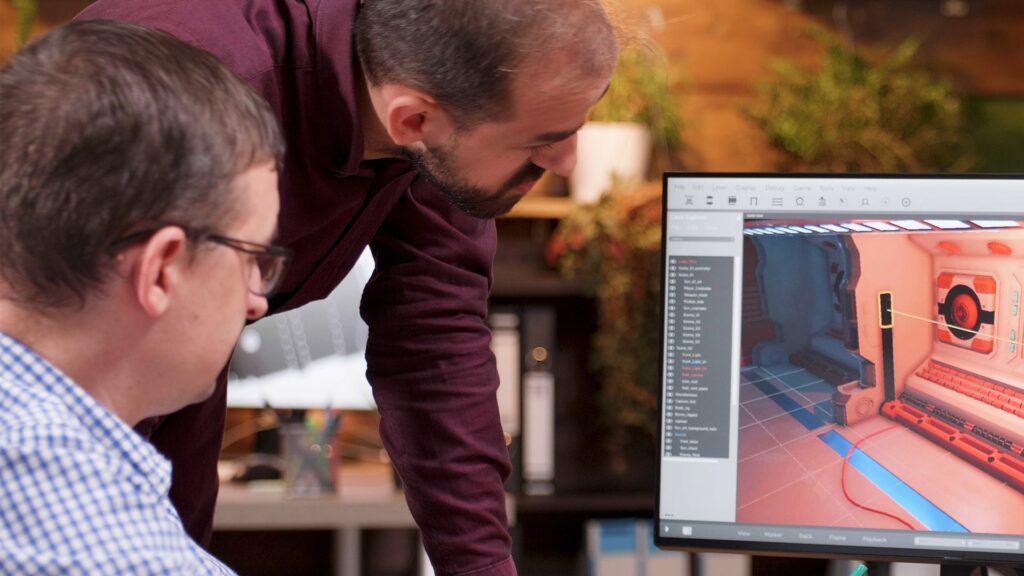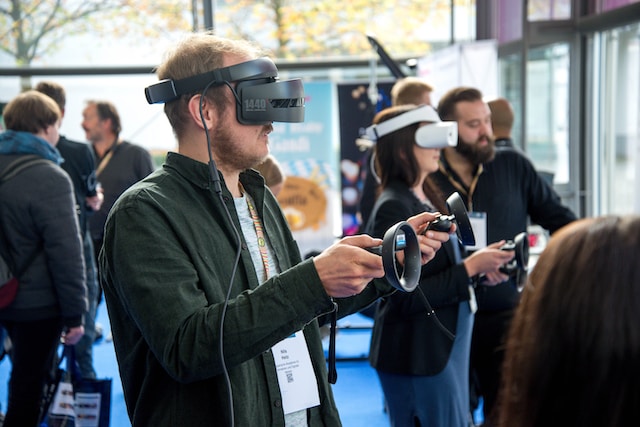Character rigging is a crucial aspect of the animation industry that brings life to digital characters by creating a skeletal structure and controls for movement. Aspiring animators and rigging specialists need to master this skill to create realistic and expressive animations that captivate audiences. In this blog post, we will delve into the world of character rigging, exploring its importance, techniques, tools, and career opportunities in the dynamic animation industry.
Understanding Character Rigging
Character rigging is the process of creating a digital skeleton for a character, allowing animators to manipulate and control its movements. Rigging involves setting up a system of interconnected bones, joints, and controls that define how a character moves and deforms. By rigging a character effectively, animators can bring them to life, giving them the ability to walk, run, jump, and emote convincingly on screen.
Importance of Character Rigging
Effective character rigging is essential for creating believable and expressive animations. A well-rigged character moves realistically, with smooth and natural motion that enhances the storytelling in animations. Rigging also enables animators to save time and effort by automating repetitive movements and interactions, allowing them to focus on the creative aspects of animation.
Techniques for Character Rigging
Character rigging involves a variety of techniques that animators can use to create complex and dynamic movements. Skinning, the process of attaching the character’s mesh to the rig, is a fundamental step in character rigging. Weight painting helps define how the character’s mesh deforms when the rig moves, ensuring smooth and natural movements. Inverse kinematics (IK) and forward kinematics (FK) are techniques used to control the movement of the character’s limbs and body parts, providing animators with flexibility and precision in posing characters.
Tools for Character Rigging
There are several software tools available for character rigging, each offering unique features and capabilities. Popular software like Autodesk Maya, Blender, and Cinema 4D provide robust rigging tools that allow animators to create sophisticated character rigs with advanced controls and functionalities. These tools offer a range of features such as auto-rigging plugins, rig presets, and deformation tools that streamline the rigging process and enhance the quality of animations.
Career Opportunities in Character Rigging
Mastering character rigging opens up a world of exciting career opportunities in the animation industry. Character riggers are in high demand in animation studios, game development companies, and visual effects studios, where they play a vital role in bringing characters to life on screen. Some of the top job roles in character rigging include:
- Character Rigger: Responsible for creating and maintaining character rigs for animation projects.
- Rigging Technical Director: Oversees the technical aspects of character rigging, ensuring quality and efficiency in rigging workflows.
- Rigging Artist: Works closely with animators to create rigging solutions that meet the creative requirements of animation projects.
- Facial Rigger: Specializes in rigging facial expressions and emotions for characters, adding depth and realism to animations.
- Creature TD: Focuses on rigging complex creatures and animals for animation, requiring a deep understanding of anatomy and movement.
Conclusion
Character rigging is a valuable skill that can propel your career in the dynamic and competitive animation industry. Whether you aspire to work in film, television, gaming, or advertising, a strong foundation in character rigging will set you apart as a skilled and versatile animator.
Key Takeaways
- Character rigging is essential for creating realistic and expressive animations by defining how a character moves and deforms.
- Techniques such as skinning, weight painting, and IK/FK play crucial roles in character rigging for dynamic movements.
- Software tools like Autodesk Maya, Blender, and Cinema 4D offer advanced features for creating sophisticated character rigs.
- Career opportunities in character rigging include roles like Character Rigger, Rigging Technical Director, and Facial Rigger in animation studios and game development companies.
Enhance your skills in character rigging and advance your animation career by considering the NYU Animation Industry Essentials online course and certificate program offered by Yellowbrick. Mastering character rigging is a valuable asset that can open doors to exciting opportunities in the dynamic animation industry. Start your journey towards becoming a skilled animator today!






